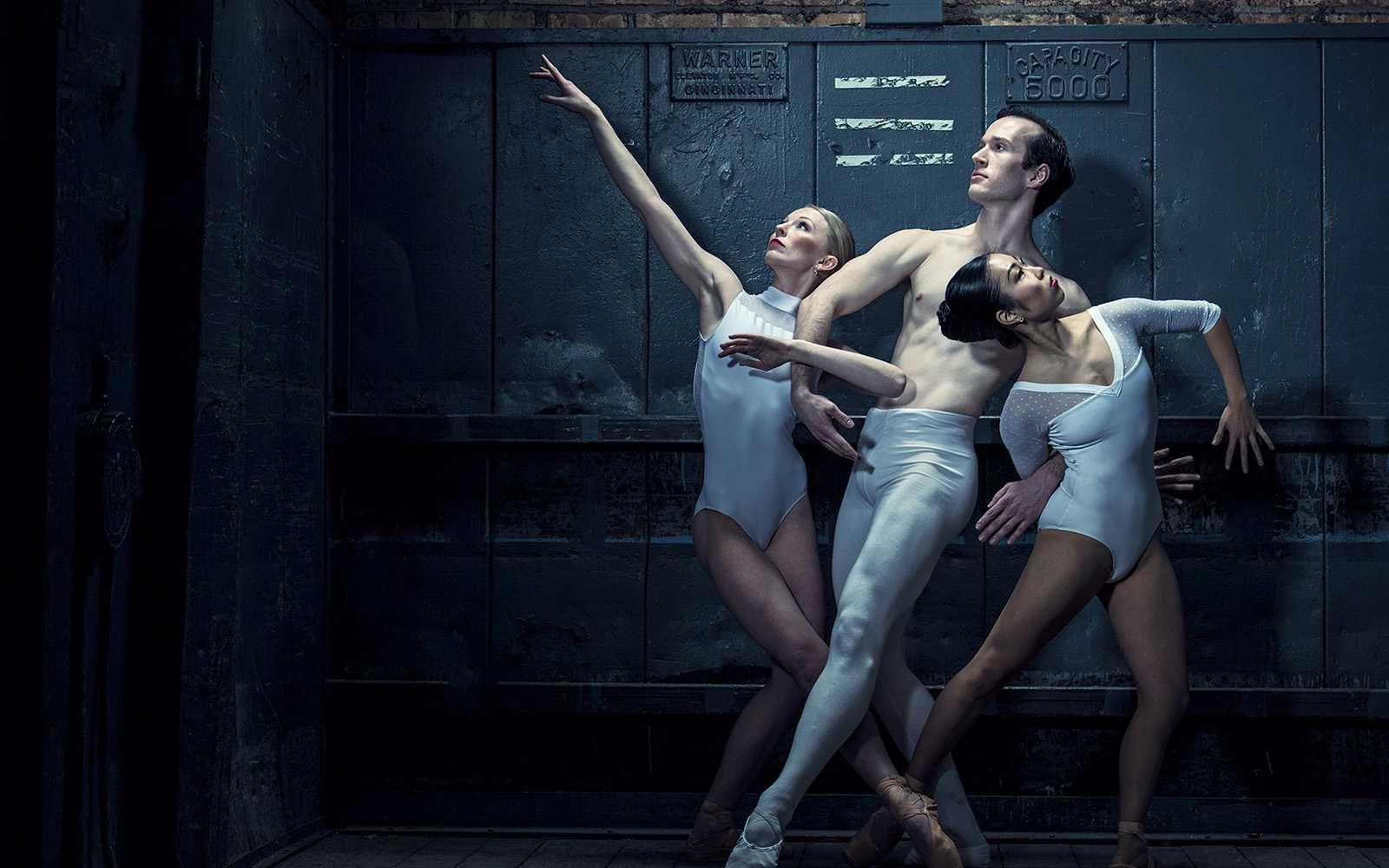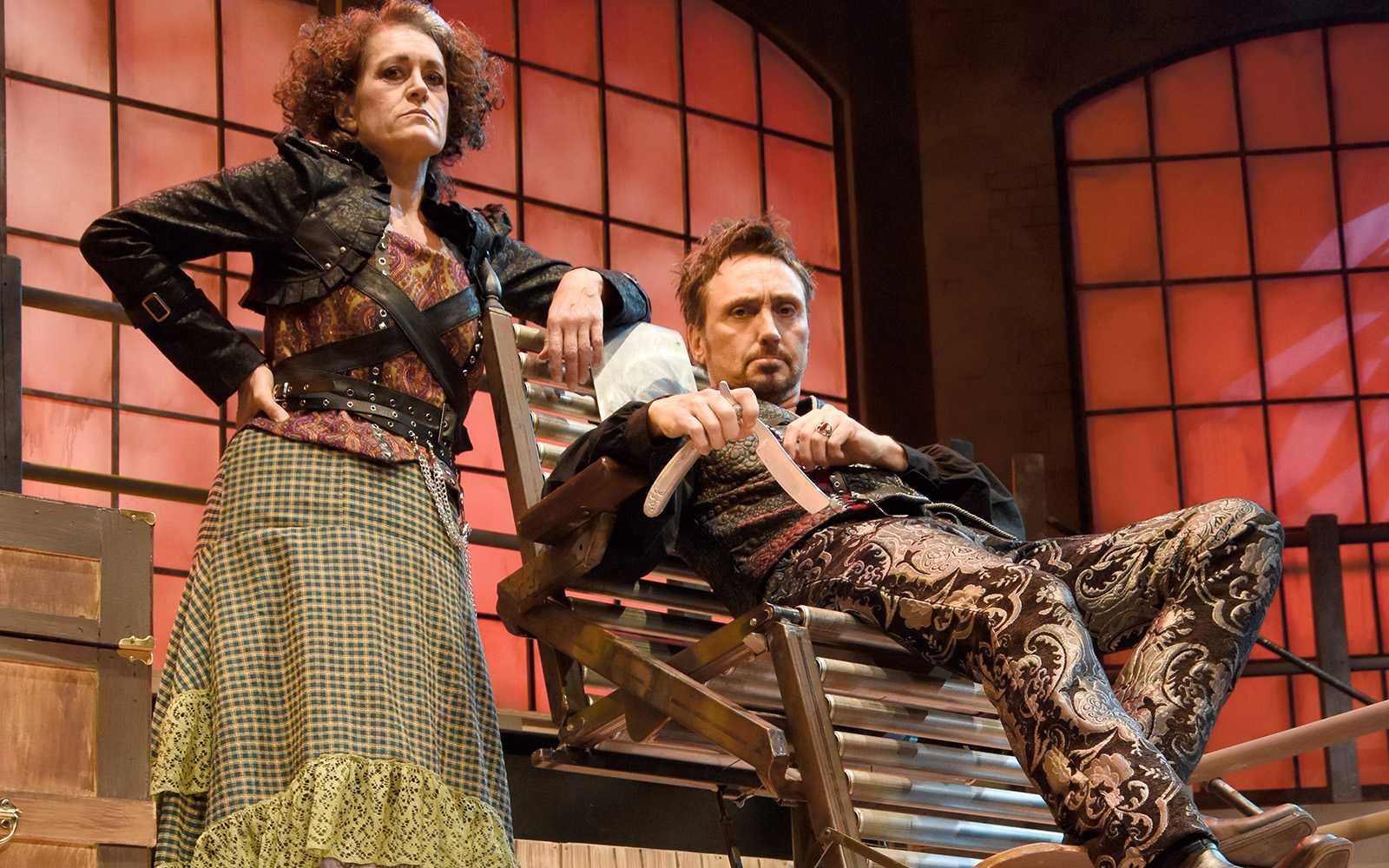Over the last several seasons, Fort Wayne Ballet’s fall performance has tapped into new and exciting relationships, mergers that have helped establish Fort Wayne Ballet as one of the country’s preeminent ballet companies.
Dancers are coming from around the globe to demonstrate the area’s artistic accomplishments — with a little help from our regional friends.
Key among those friends has been Kim Sagami, who for years danced with the Joffrey Ballet under icons Robert Joffrey and Gerald Arpino.
As part of the Arpino Trust, Sagami has helped Fort Wayne Ballet stage some of the most famous and challenging of the Arpino pieces, with Fort Wayne benefiting from the Chicago company’s trust in the ballet company to do these performances when other companies cannot.
Italian Suite
“We’re doing Italian Suite from Arpino this year,” said Karen Gibbons-Brown, artistic director of Fort Wayne Ballet. “It’s a very difficult piece, one of his most difficult and technical pieces. It’s a great challenge for our dancers, which is good because it’s good to challenge them, and it demonstrates the growth and development of our company that they can meet those challenges. The piece features seven men which also demonstrates the growth of our company, that we can feature seven men in a piece now.”
That is remarkable, given that less than 10 years ago, the ballet had to hire from outside the company to fill the role of Sugar Plum Cavalier.
Aside from Italian Suite and other Arpino pieces featured in the fall performance over the years, the Sagami and Joffrey connections have led to another important and poignant connection — Edward Stierle.
Empyrean Dances
Stierle died of AIDS in 1991 at the age of 22, but despite his short years on earth, Stierle left behind a huge legacy, one that has been shared in this community in the last few years with some of his best pieces having been performed on the Arts United Center stage.
Stierle’s family has been very supportive of the connection they’ve found with Fort Wayne Ballet, particularly Stierle’s sister, Rose Worton.
“This sister was closest to Eddie and has given permission for us to do his work through the foundation,” Gibbons-Brown said. “We’ve had this piece, Empyrean Dances, in the works for about two years. When I was speaking to Rose about us restaging Empyrean Dances, she knows that Kim and Eddie were very close, and Rose trusts Kim completely. And having Kim here has really helped the dancers understand what the piece is about and why it’s so important.”
The fact that the piece was completed at all is a testament to Stierle’s sheer will and determination in the face of so many health challenges.
“What a genius he was,” Gibbons-Brown said. “Rose said he would go from the hospital and get to the studio, and they’d have to carry him up the stairs.”
In addition to anecdotal assistance provided by both Worton and Sagami, the former also provided additional insight into the original performance of Empyrean Dances thanks to a notebook of photos, handwritten notes, and other memorabilia she had saved from the Kennedy Center and Joffrey performances, giving still more depth to what Fort Wayne Ballet will bring to the piece.
Dracula
The final part of the fall performance will seal the reputation of Fort Wayne Ballet’s eclectic and talented company and staff.
A sneak peek of next fall’s production of Dracula, choreographed by Tracy Tritz, who is also the ballet’s ballet mistress, outreach director, and long-time faculty member, will be a special part of the diverse performance.
“I had been looking for a Dracula that we could do for some time,” Gibbons-Brown said. “I traveled around and saw a variety of performances, and there were some nice ones. But none of them was exactly what I was looking for. Then it dawned on me. I have someone here who is perfectly capable of doing that.”
For Tritz, who last fall contributed the dynamic choreography for Bolero, the opportunity to stage Dracula was as irresistible as the character himself.
“When she asked if I was interested, I was excited because it’s right up my alley,” Tritz said. “I had read the book a long time ago, but I read it again. I don’t think I appreciated it then like I do now, and I’m planning to stay very true to the book and avoid all of the movies so I can really stay with the original book for this production.”
Putting together a brand new piece of choreography is more than reading the book and starting to dance.
Tritz first had to choose music, consider costuming and other staging, and then decide which scenes she would stage for this fall’s preview of the full production. She opted to focus on three particular scenes which each bring something special to the story — and provide a perfect tease for next year’s world premiere.
“One of the scenes that really inspired me was the one with the three weird sisters, where Dracula is mesmerized by them but also terrified of them,” Tritz said. “Then I wanted to include a pas de deux and chose one with Dracula and Mina because it’s a really important part of the ballet since Dracula is trying to turn Mina into a vampire. It’s a really pivotal moment in the book. And we’re also staging the opening scene which is just a really fun scene.”
Conveying the story also requires some judicious editing because, as Tritz points out, to do an entire book of that length would require days. But trimming content to meet the time needs and bringing the story to life through dance and pantomime is not only a challenge but a delight to the talented Tritz who can bring her love of arts and literature together and bring a new story to life.
“I’m having a blast,” she said. “It’s been so fun to see the dancers get into their parts.”





